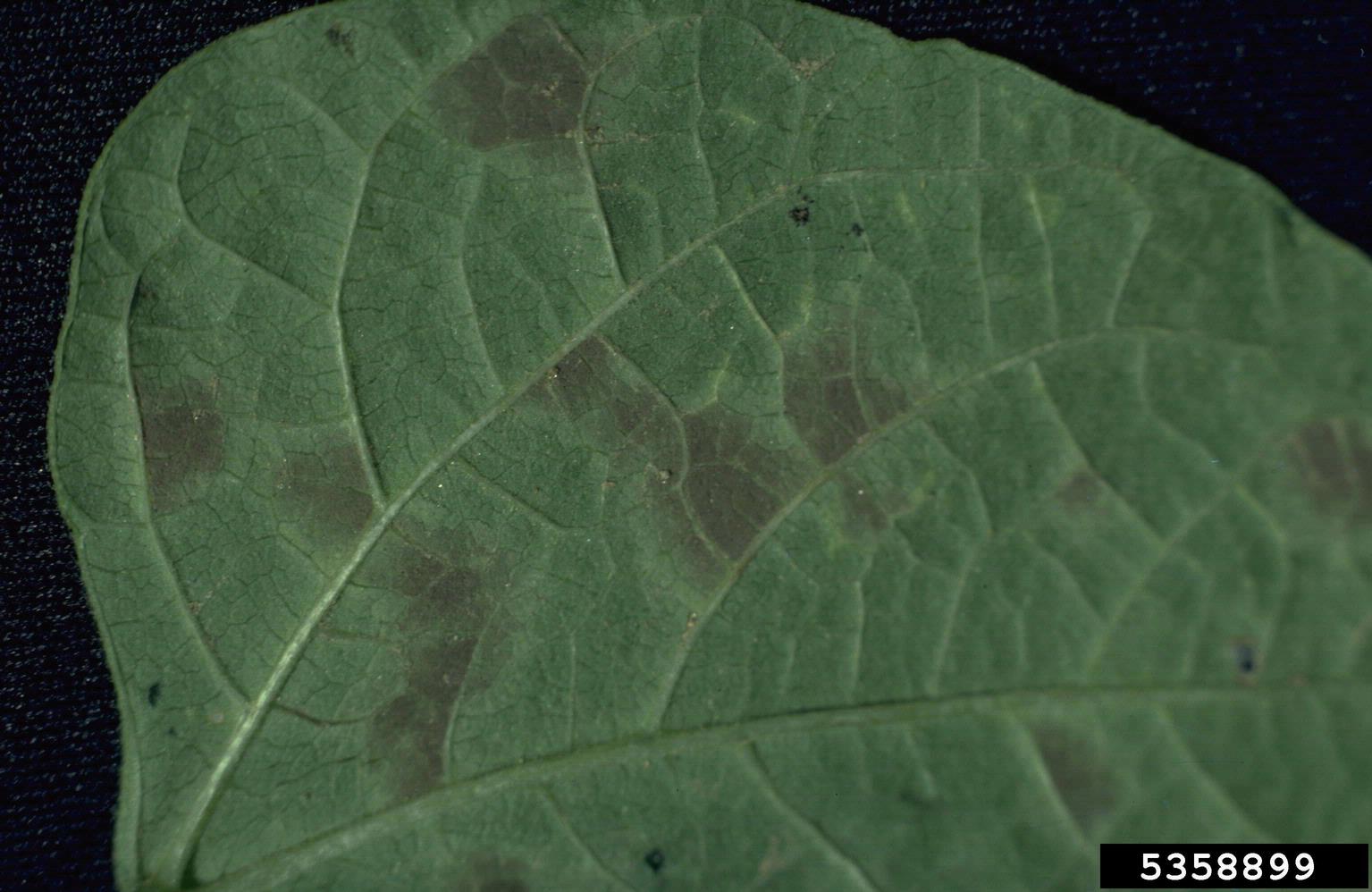Cowpea Leaf Spot Diseases: Managing Southern Peas With Leaf Spots


Southern pea leaf spot is a fungal disease caused by the Cercospora fungus. Leaf spots of cowpea are most likely to occur during extended periods of rainy weather combined with high humidity and temperatures between 75 and 85 degrees F. (24-29 C.). Leaf spots of cowpea, which can also affect lima beans and other legumes, causes significant crop loss in the southern United States. However, the fungus isn’t limited to the southern states and can also occur in other areas.
Symptoms of Cowpea Leaf Spot Diseases
Cowpea leaf spot diseases are evidenced by stunting and spots of various sizes. The spots are frequently tan or yellow with a yellow halo, but in some cases, they may be purplish brown. As the disease progresses, entire leaves may wilt, turn yellow, and drop from the plant. Southern peas with leaf spots may also develop a moldy growth on the lower leaves.
Prevention and Treatment of Southern Pea Leaf Spots
Keep the area as clean as possible throughout the season. Remove weeds consistently. Apply a layer of mulch to keep weeds in check and prevent contaminated water from splashing on the foliage. Apply sulfur sprays or copper fungicides at the first sign of infection. Read the label carefully to be sure the product is appropriate for your particular situation. Allow ample time between applying fungicides and harvest, according to label recommendations. Clean garden tools thoroughly after working in infected areas. Disinfect tools with a mixture of four parts water to one part bleach. Remove all plant debris from the garden after harvest. The fungus overwinters in the soil and on garden debris. Plow the ground thoroughly to bury any remaining plant debris, but don’t plow wet soil. Practice crop rotation. Don’t plant cowpeas or other legumes in the infected area for at least two or three years.
Sign up for the Gardening Know How newsletter today and receive a free copy of our e-book "How to Grow Delicious Tomatoes".

A Credentialed Garden Writer, Mary H. Dyer was with Gardening Know How in the very beginning, publishing articles as early as 2007.